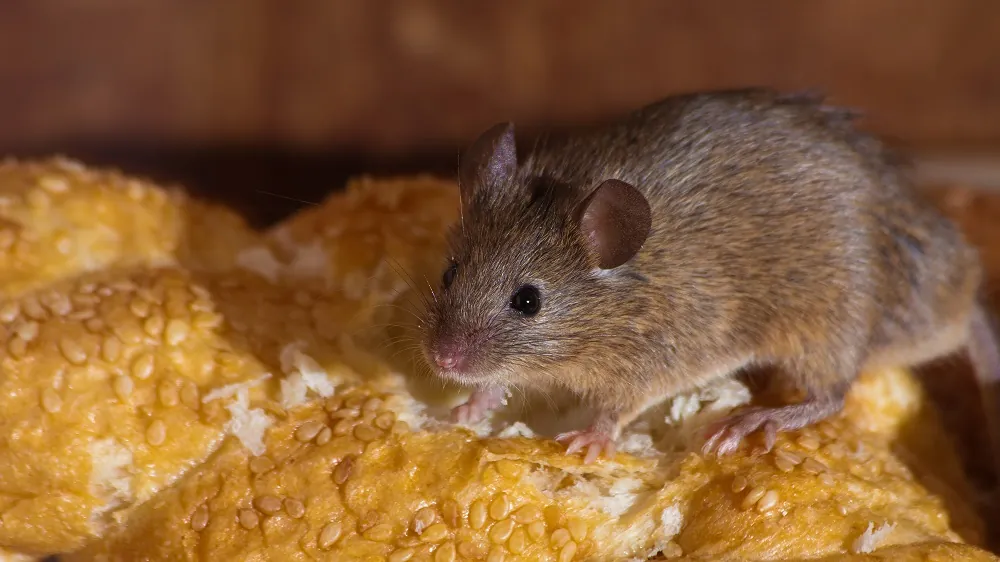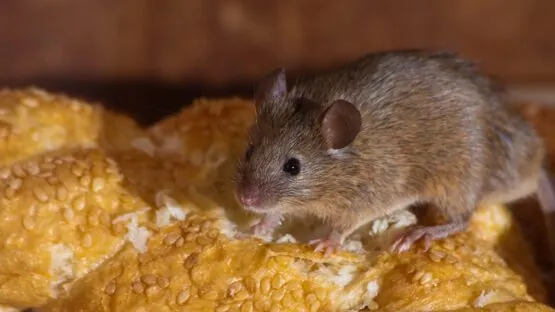Researchers have discovered negative ways in which intestinal bacteria change over time, spurring gut inflammation, and introduced older bacteria into a population of younger mice to determine their effects.
A well-known link
It has been thoroughly documented that gut bacteria have an influence on aging [1], and age-related changes to gut inflammation can lead to systemic inflammation [2, 3]. This has been proposed as a cause of inflammaging, the age-related increase in inflammation that leads to a host of order disorders.
These researchers attempted to shed more light on this subject by directly analyzing the guts of younger and older mice and then determining what effects that their respective bacterial populations were having.
Some bacteria are better than others
First, the researchers compared the colonic contents of 3- to 4-month-old and 19- to 20-month-old Black 6 mice, comparing diversity and taxonomic diversity. Their findings concurred with those of previous work involving human beings, showing that such taxonomic groups as Bacteroides were more common in the young than the aged, being replaced by such groups as Clostridium. Also as in previous work, gut diversity significantly decreased with age.
Inflammatory compounds were also more strongly expressed in the colons of older mice, including chemokine ligand 2 (Ccl2), which attracts macrophages. Calprotectin, which is found in immune cells and is a marker of inflammatory bowel disease (IBD) in people, was far more prevalent in the guts of the old mice. These changes in gene expression revealed that bacteria had become embedded into the tissues of the gut and that immune cells were present to fight them.
Specific bacterial changes were associated with these inflammatory markers. In particular, an increase of Erysipelatoclostridium and a decrease of Lachnospiraceae were found to be associated with more calprotectin and an increase in inflammatory signaling.
The researchers focused on one particular inflammatory signal, toll-like receptor 4 (TLR4). They found that bacterial samples taken from aged mice had more effect than those of young mice in activating TLR4 in immune cells, regardless of what area of the gut the samples were taken from. A related compound, TLR5, was found to be statistically unaffected.
Aged bacteria cause some inflammation in young animals
In another experiment, these researchers transplanted bacteria from the guts of old or young mice into those of young mice that had been raised without any gut bacteria at all. Four weeks later, the young mice whose intestines were colonized by bacteria from younger mice fared much better than those that had received bacteria from older mice. The aged-bacteria recipients had considerably greater inflammation in the colon and more signs of toxicity.
However, these younger animals were able to negate some of the effects. TLR4 was not found to be elevated after four weeks, and Erysipelatoclostridium levels did not differ between the recipients at that time point either. This demonstrates that the intestines of the mice themselves play a role in regulating bacterial contents.
Young and old mice respond differently to antibiotics
To test the resilience of bacterial populations, the researchers gave young and old animals broad-spectrum antibiotics in their drinking water for a week. The responses of young and old animals were slightly different: for example, aged mice had their bacterial diversity further decreased, while young animals had an increase in Erysipelatoclostridium. Both age groups had decreases in Lachnospiraceae, which produce the vital compound butyrate and are associated with less inflammation. Antibiotic treatment, like aging, was also found to cause an increase in reactive oxygen species (ROS).
These findings highlight the potential dangers of broad-spectrum antibiotic use while opening up questions relating to the relationship between bacteria and aging. It is largely explained how harmful bacteria that accumulate with aging can cause colonic inflammation; however, it is still unexplained exactly how younger animals maintain relatively healthier gut populations even after being exposed to aged bacteria.
Literature
[1] DeJong, E. N., Surette, M. G., & Bowdish, D. M. (2020). The gut microbiota and unhealthy aging: disentangling cause from consequence. Cell Host & Microbe, 28(2), 180-189.
[2] Malik, J. A., Zafar, M. A., Lamba, T., Nanda, S., Khan, M. A., & Agrewala, J. N. (2023). The impact of aging-induced gut microbiome dysbiosis on dendritic cells and lung diseases. Gut Microbes, 15(2), 2290643.
[3] Thevaranjan, N., Puchta, A., Schulz, C., Naidoo, A., Szamosi, J. C., Verschoor, C. P., … & Bowdish, D. M. (2017). Age-associated microbial dysbiosis promotes intestinal permeability, systemic inflammation, and macrophage dysfunction. Cell host & microbe, 21(4), 455-466.



